A summary of the How to Speak course by Patrick Winston.
Start
- Do not start a talk with a joke. Instead, start with empowerment promise.
- Your success in life will be determined largely by your ability to speak, your ability to write, and the quality of your ideas, in that order.
- The quality of communication, speaking and writing, is largely determined by how much knowledge you have, how much you practive with that knowledge, and your inherent talent (very small).
- Empowerment Promise - Tell what they are going to know at the end of your talk and some of those things will make a difference in your life.
- By the end of this lecture, you will be exposed to a lot of ideas, which will ensure you get the maximum opportunity to have your ideas valued and accepted by the people you speak with.
- Cycle – reiterate your main idea multiple times during the talk for clarity.
- At any moment in a talk, atleast 20% people are zonned out. So reiterate
- Create a distinct “Fence” around your idea so that it can be distinguished from someone else’s idea.
- Content Timeline – enumerate talk content to allow listeners to follow on where are you in talk.
- Ask a question - a question not too obvious, but not too hard. Wait 7 seconds for answer.
Place and Time
- Ideal lecture time is 11 am (not too early and not after lunch).
- The place should be well lit. In big halls, make them turn on audience lights, instead of just stage lights.
- The place should be atleast half full. It must be chosen according to the expected audience.
Tools
Visual perception is the most effective way to interact with listeners.
For teaching, informing
- Draw on blackboard / whiteboard instead of slides.
- Graphics - Blackboard has graphics quality. You can associate different ideas.
- Speed - The speed at which you write on the blackboard is approximately the speed at which people can absorb ideas.
- Target - your hands are busy writing or pointing on the board. ✅
- Watch your hands! Don’t hold them behind your back or in pockets, it’s better to keep them straight and use for pointing at the board.
- Props – use them in order to make your ideas visual.
For job talk, exposing, slides
- Don’t put too many words on a slide. Slides should just reflect what you’re saying, not the other way around. Pictures attracts attention and people start to wait for your explanation – use that tip.
- Make slide as easy as you can
- No title, distracting pictures, border or frames.
- Use 40-60 font size.
- Not too heavy, add air to your slides
- Do not use laser pointer – you lose eye contact with the audience. Instead use arrows and highlighters in slide itself.
Informing
Show to your listeners your stuff is cool and interesting. You have to be able to:
- show your vision of that problem
- show that you’ve done particular things (by steps)
All of that should be done real quick in no more than 5 min. Persuade your listeners you’re not a rookie.
Getting Famous
If you want to your ideas be remembered you’ve got to have 5 S
- Symbols associate with your ideas (visual perception is the best way to attract attention)
- Slogan (describing your idea)
- Surprise (common fallacy that is no longer true, for instance, just after you’ve told about it)
- Salient Idea (not necessarily important but the one that sticks out)
- Story (how you did it, how it works…)
How to End
- Don’t put collaborators at the end, do that at the beginning.
- Question’s the worst way to end a talk.
- It’s good to end with a Contribution slide – to sum up everything you’ve told with your OWN decision.
- Don't "Thank you (for listening)". You can end with a quote of a prominent person (my own knowledge), with a salute to people.
- How much you valued the time being here.
- I’d like to get back, it was fun!
- Hardest one, since saying “Thanks” is a kind of a habit and it’s really difficult to make people clap if your talk wasn’t fascinating, so you’d better do this great and you won’t have to worry about how to end!
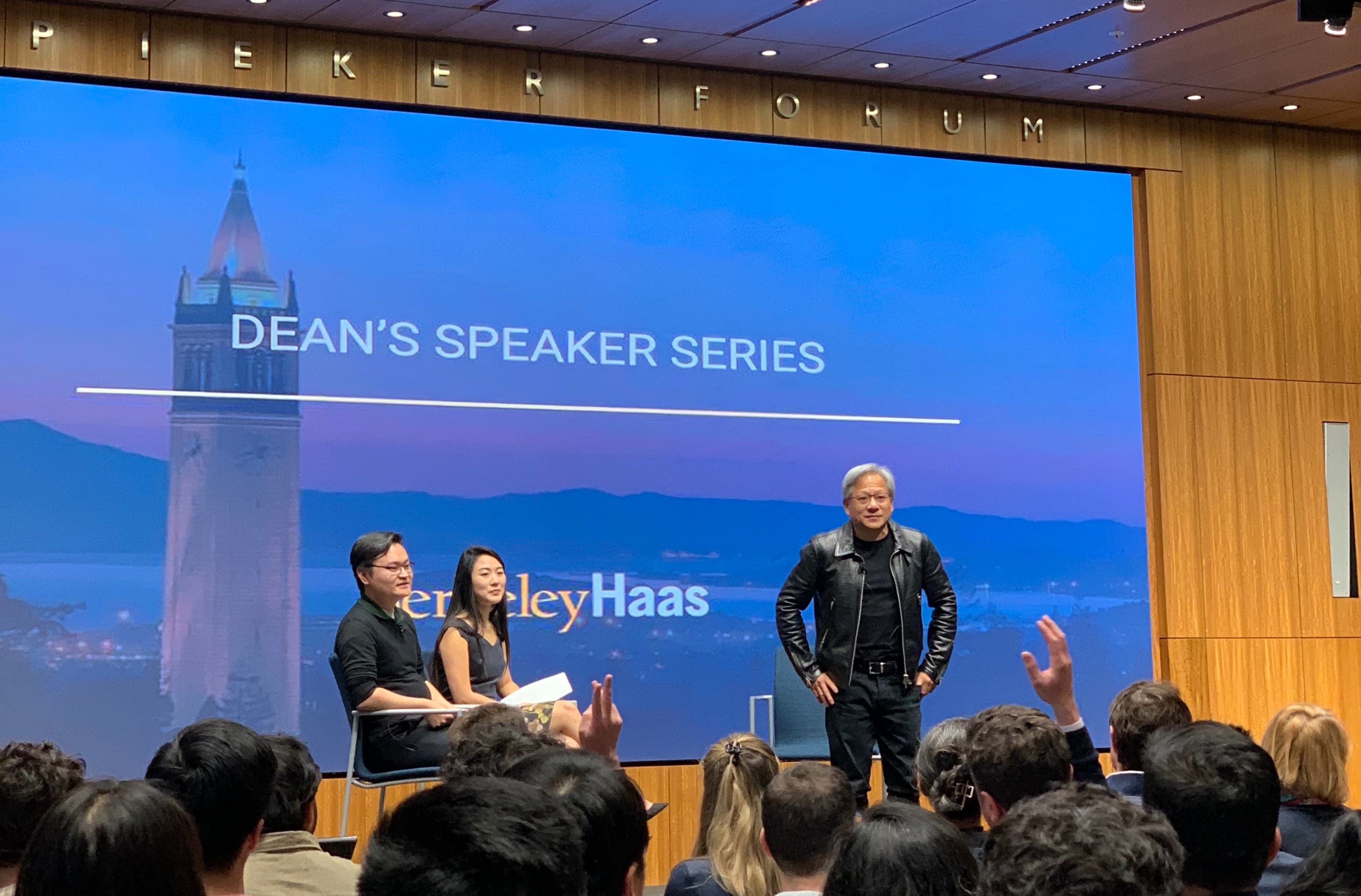
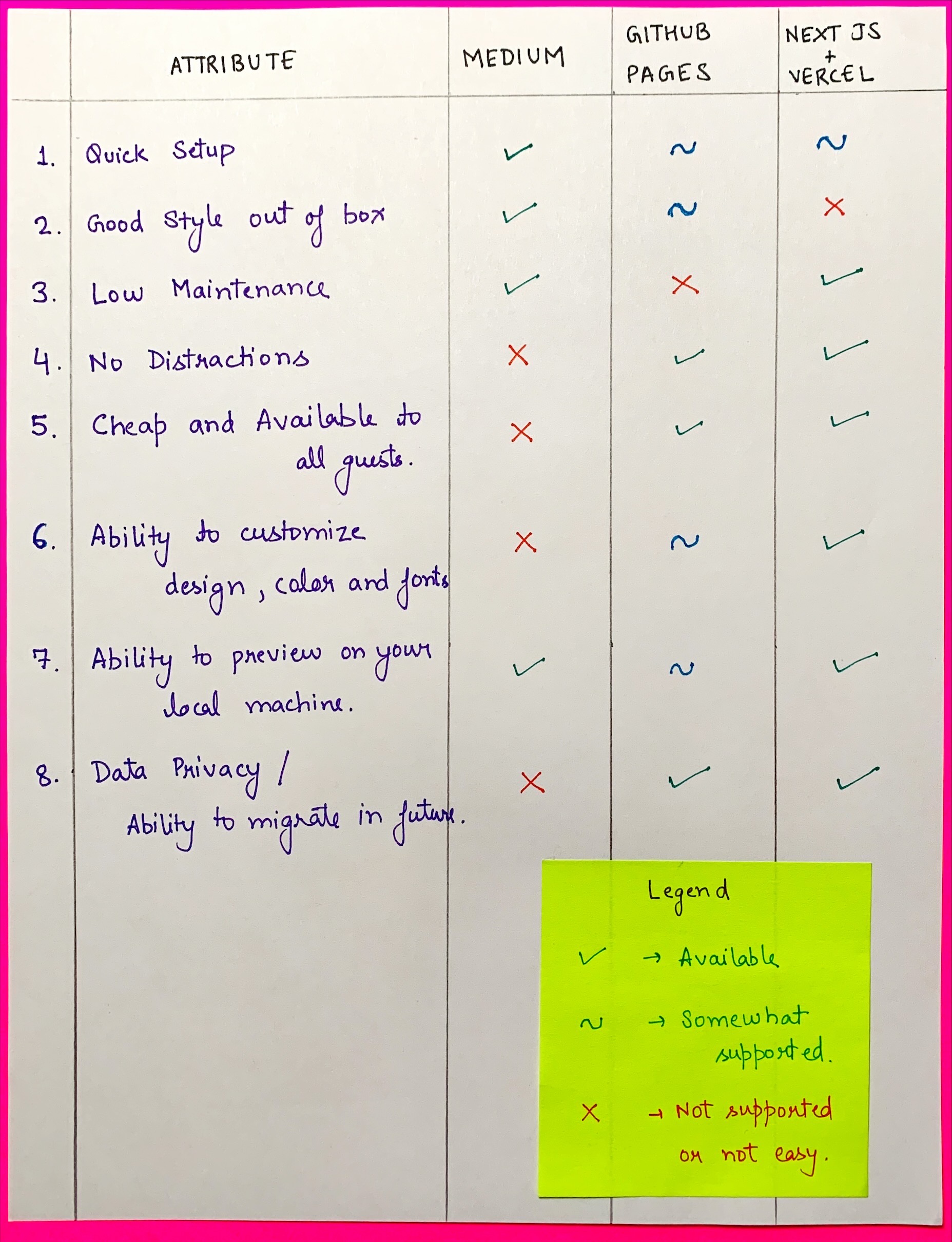
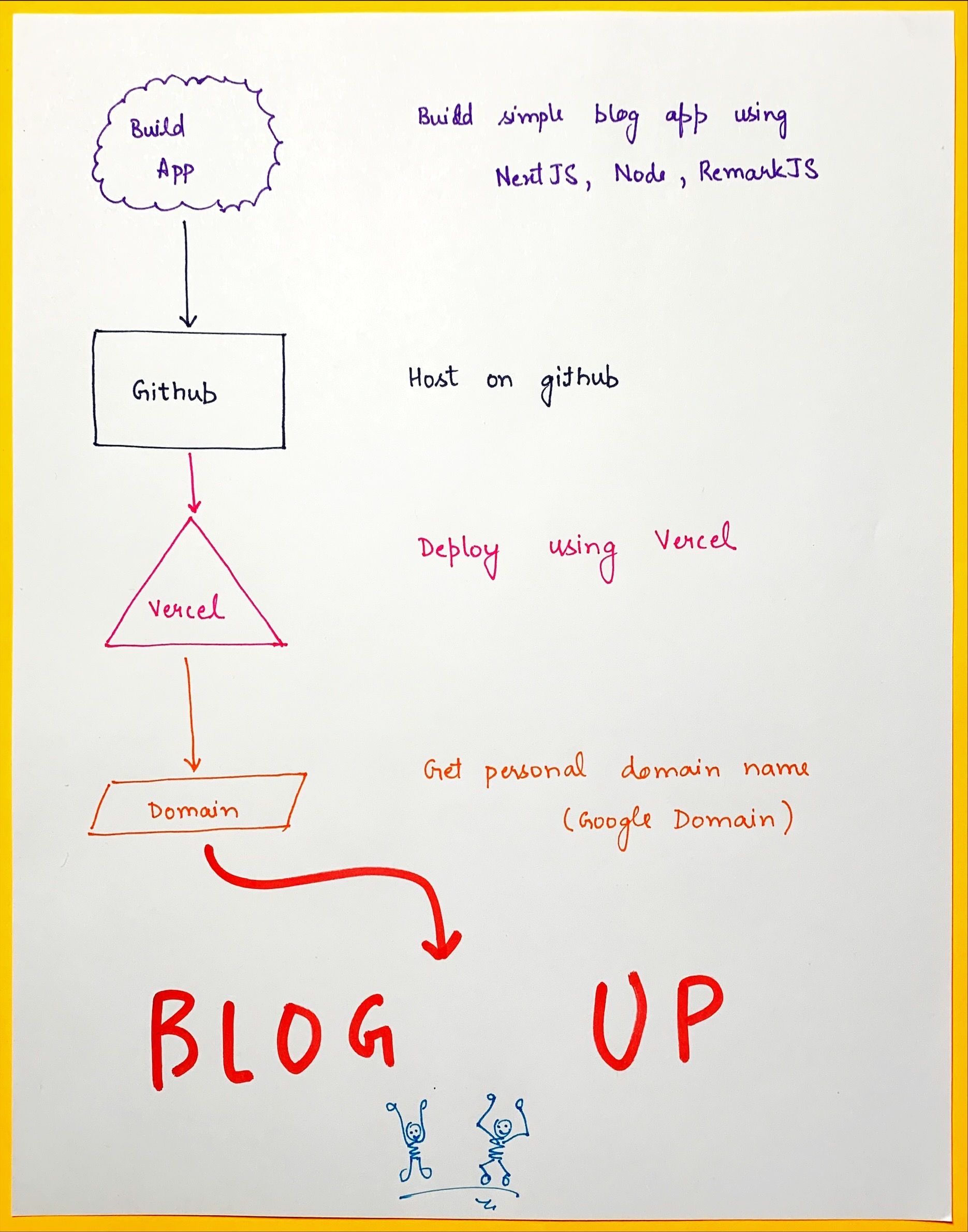
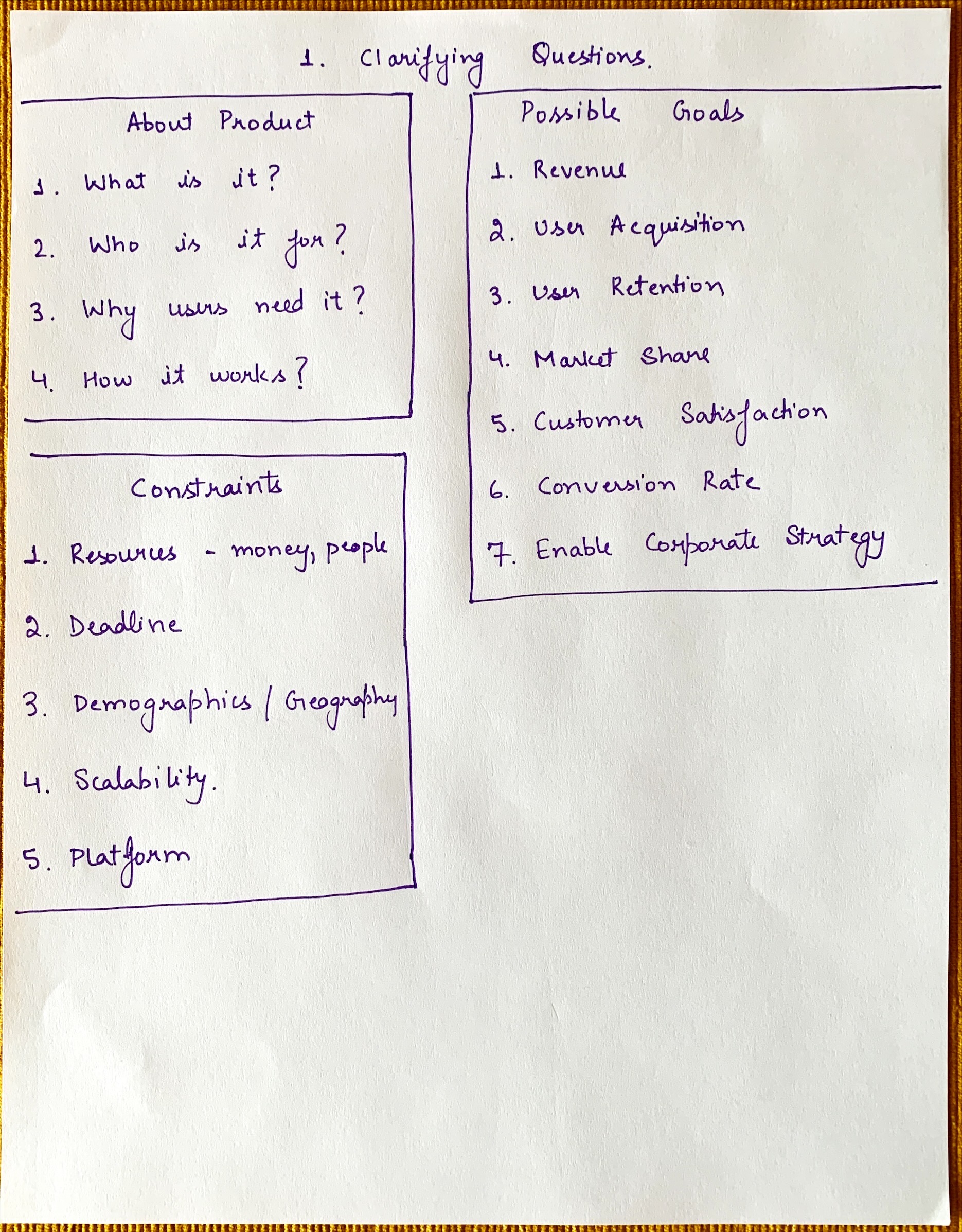
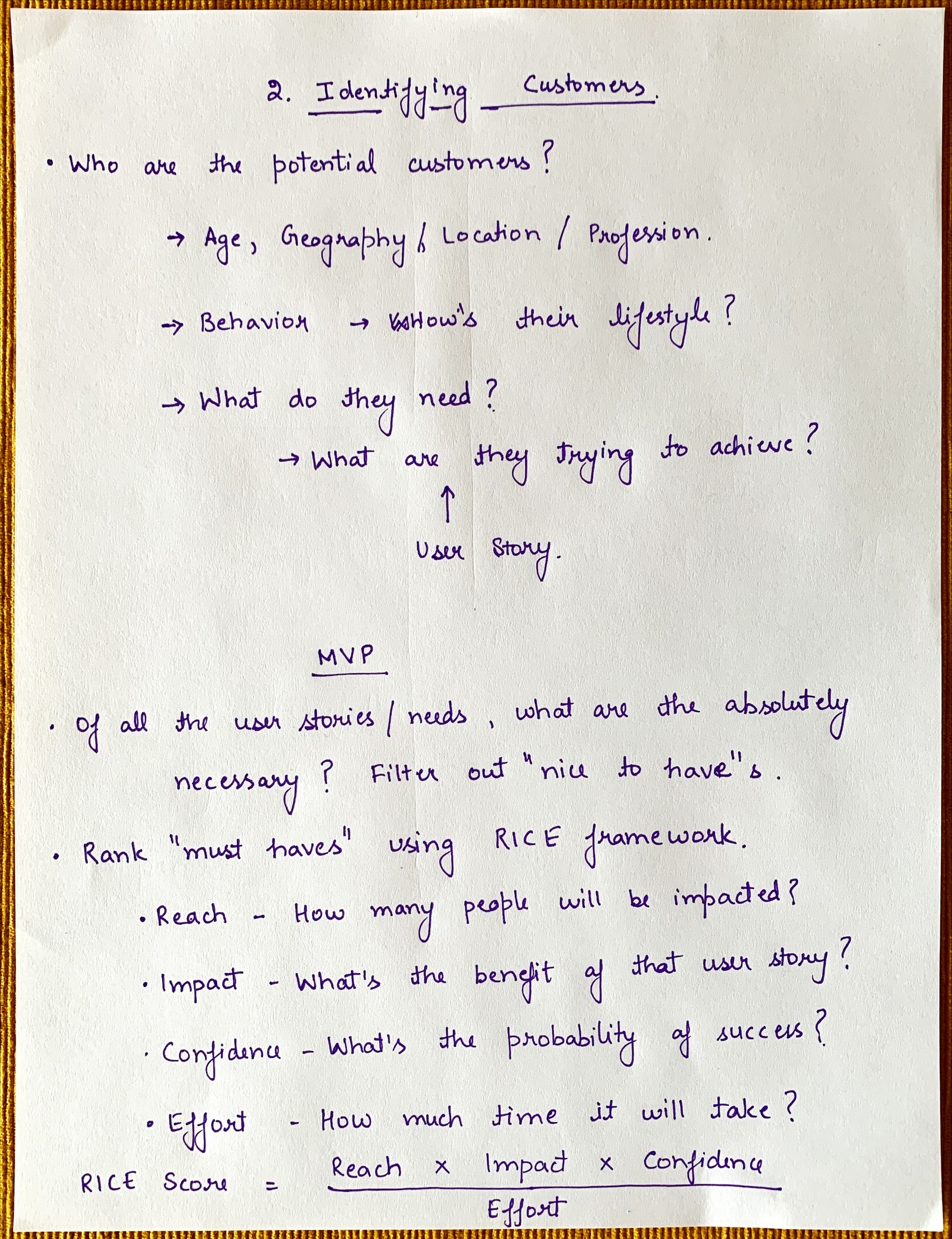
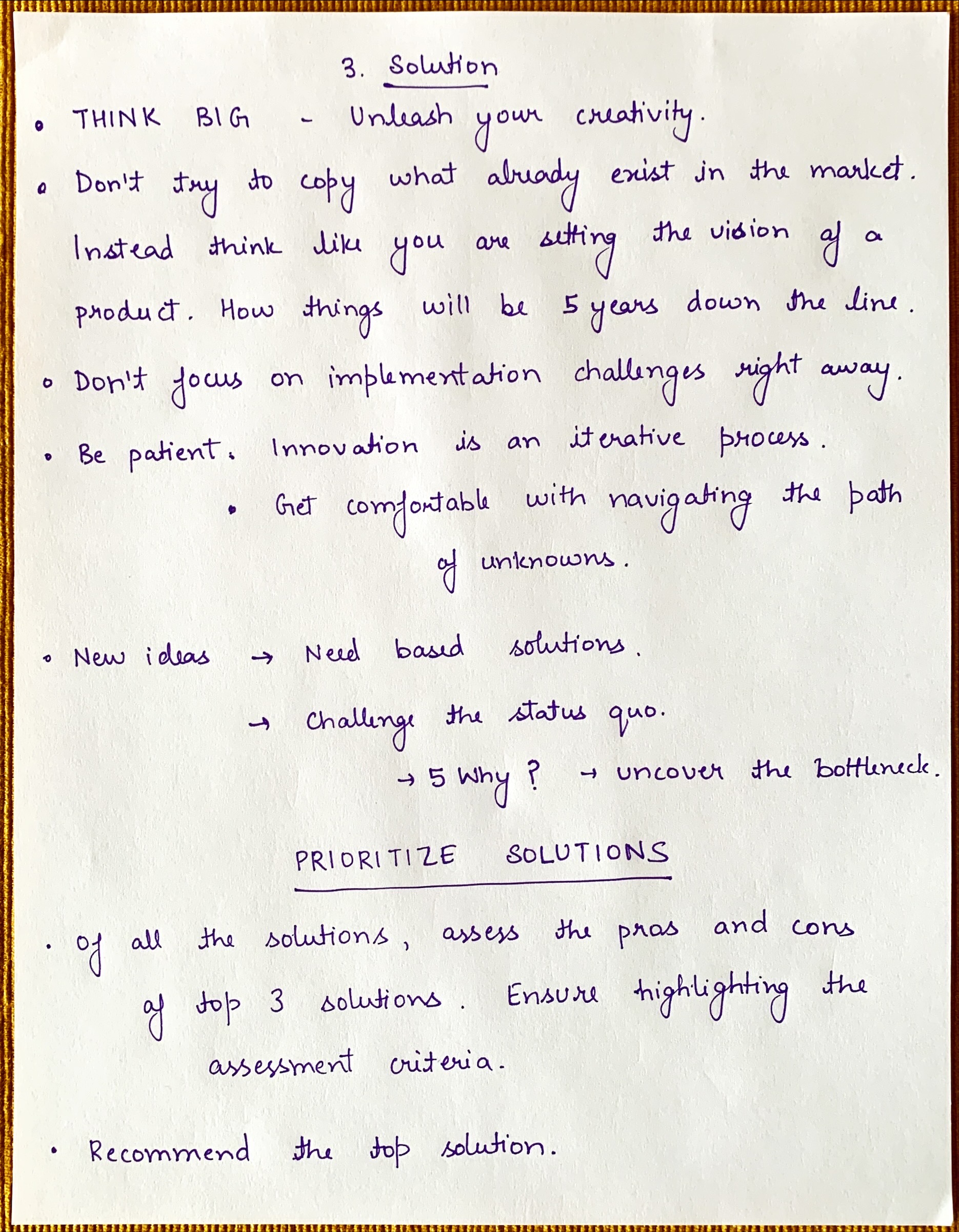

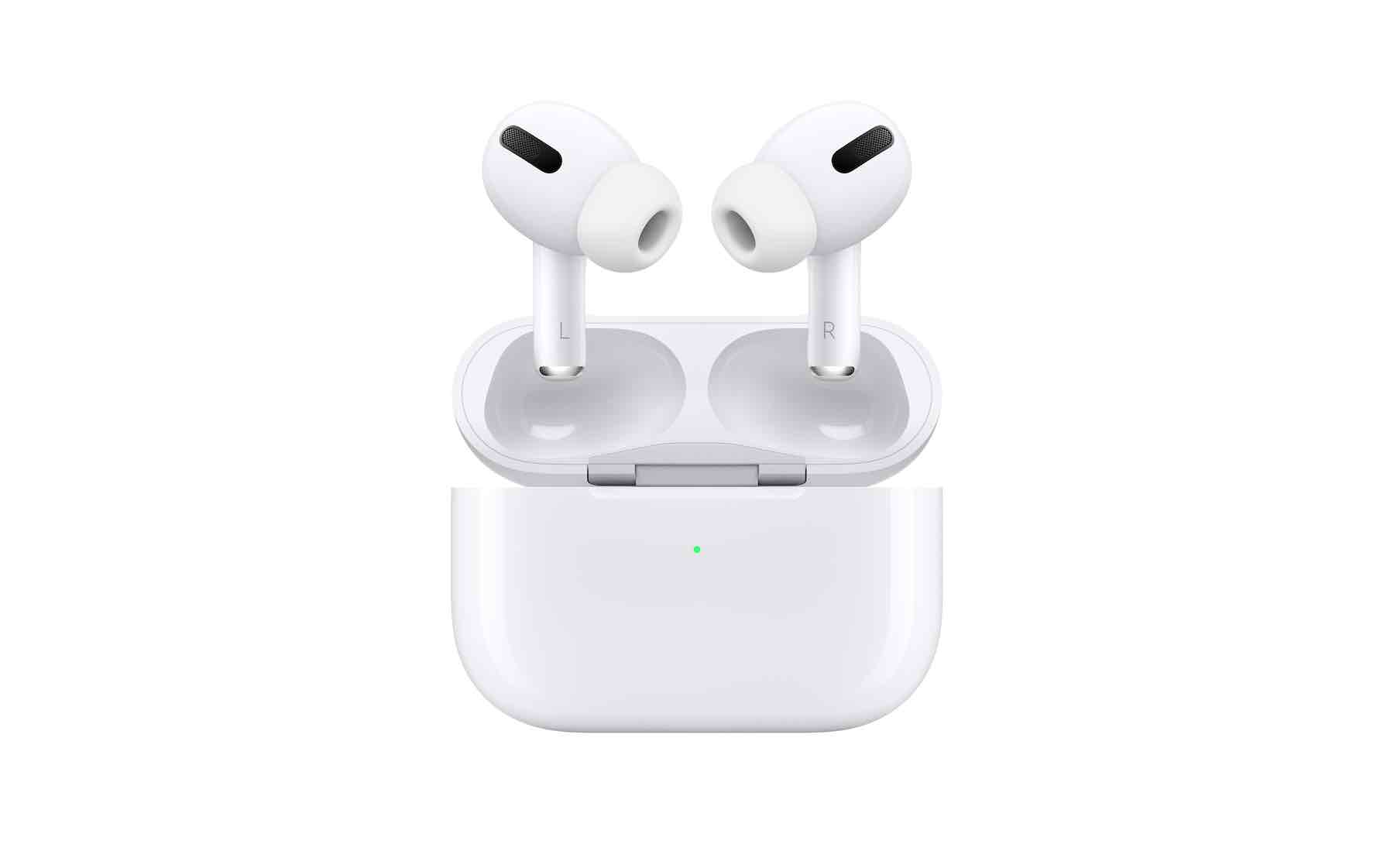
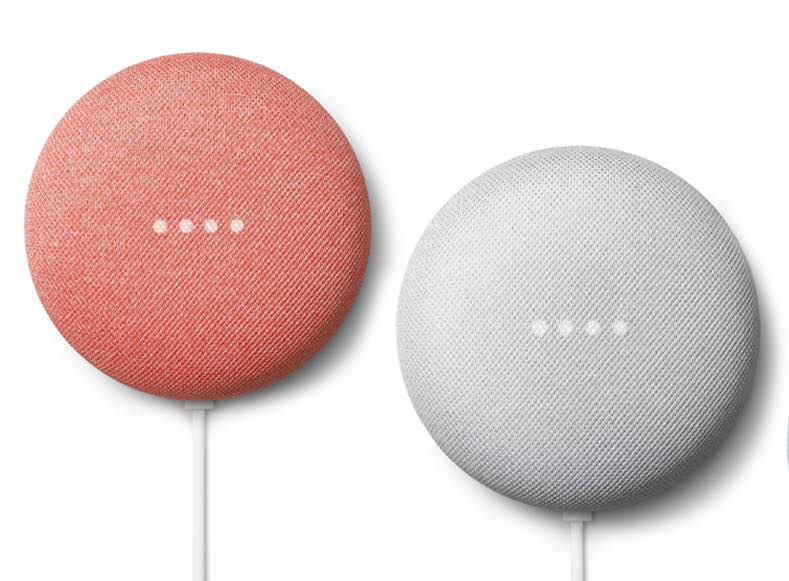
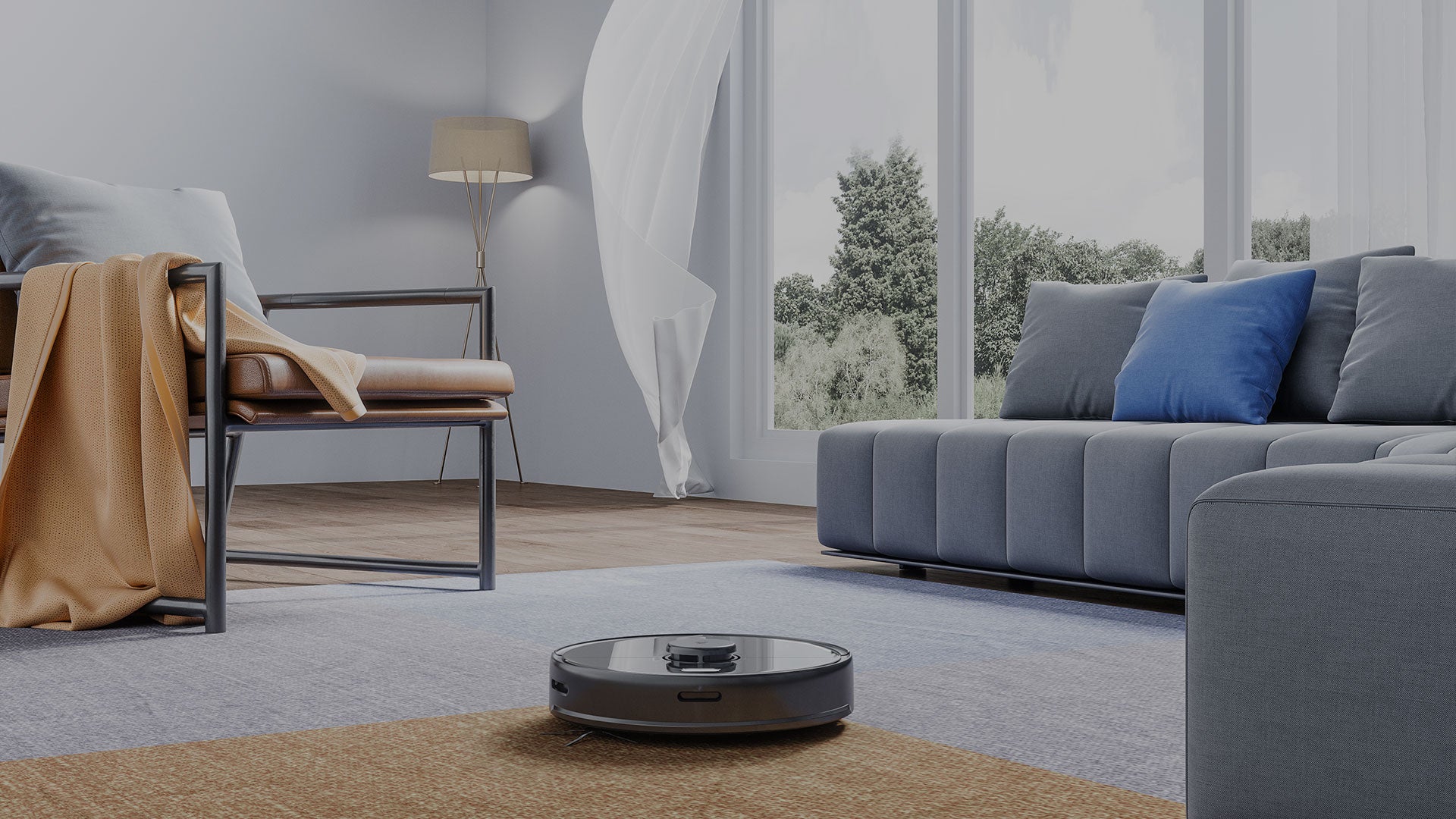
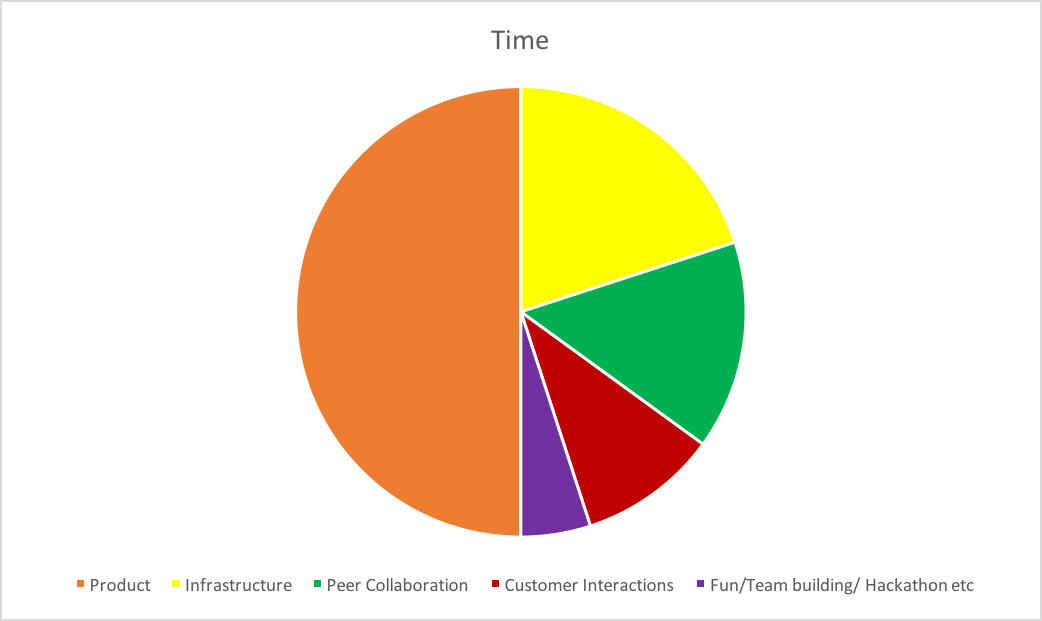 My dream job with how I want to spend my 9hrs:
My dream job with how I want to spend my 9hrs: